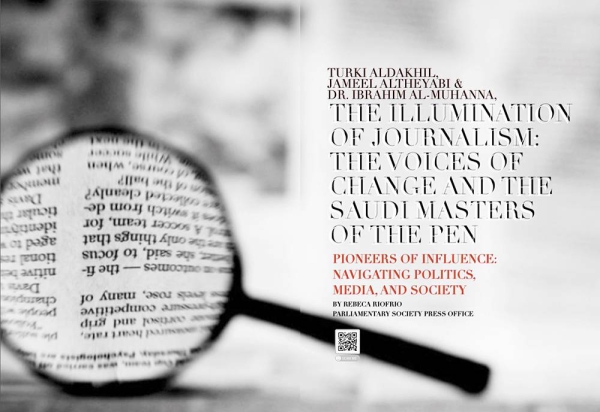
Sylvia and the Synthetics – Australia’s audacious drag provocateurs and underground LGBTQ pioneers – burned brightly and chaotically for the short two years of their reign.
In 1972, Morris Spinetti, the group’s “founding mother”, was performing as a mime artist with Australia’s first female rock star, Wendy Saddington, when the concept was dreamt up with Paul Hock and Denis Norton.
More a loose, amorphous creative collective than an official troupe, there were reportedly as many as 20 bona fide Synthetics and many more peripheral members besides, performing explosive, uninhibited and now legendary shows at packed Sydney venues until 1974.
The impact they had on the community around them, and the next generation of performers, still reverberates. And now a new exhibition devoted to one of the Synthetics’ key members, Doris Fish, is being staged for Sydney’s Gay and Lesbian Mardi Gras, featuring photographs, letters, film, posters and other archival material that covers the incredible breadth of Fish’s life and career.
When the show opened last week, actor Andrew Sharp – another original member – remembered how Philip Mills got involved: a fresh-faced 19-year-old, Mills roller-skated in nothing but short-shorts all the way from Manly to Sydney city to convince the Synthetics to let him join them onstage. His new persona was Doris Fish: designed to look like “a drag queen, not a woman”.
Outrageous scenes would unfold on and off stage whenever the Synthetics played. Hairy legs and chests were teamed with lipstick, stilettos and vintage dresses from Sydney op-shop Tempe Tip – far more Iggy Pop punk rock than Les Girls showgirls. The audience were often splattered with stage blood, whipped cream and dead fish; one act featured a lonely housewife and her half-naked male chorus engaged in sensual rapture with vacuum cleaner attachments. Alumni include Jasper Havoc, Danny Abood, Jacqueline Hyde, artist Bruce Goold, journalist Cherry Ripe and bondage queen Madame Lash (AKA Gretel Pinniger). Saddington often performed her own sets at their shows or had Synthetics as her “backing girls”; her huge popularity played an important part in attracting crowds.
Their subversive theatre transcended and lambasted traditional gender roles, and the gigs came out of nowhere: no notice, no advertising, just leafletting the gay bars a couple of days before to elude the cops. Every ticket sold came with a free Mandrax to get everyone in the right mood, and each show began with an announcement: “Unfortunately Sylvia won’t be performing tonight – she was decapitated on the way to the theatre.”
The threat of raids loomed. Speaking to the Guardian, Spinetti recalls the chaos that ensued when the police showed up at a gig at the Purple Onion in Kensington. He had to make his escape on the back of an audience member’s motorbike wearing nothing but a feather boa. Gallery owner Roslyn Oxley – an active participant in the art scene at the time – has written that, “Sylvia and the Synthetics spearheaded gay liberation and indeed any other sexual and cultural liberation that they could lay their hands on … Their cathartic performances lifted Sydney from a cultural and political backwater to the forefront of radical theatre and performance, and of liberation politics.”
In the exhibition you’ll learn of an acid-fuelled Synthetics appearance at the All-Senses Ball – held at the posh Albert Hall in Canberra – where the audience was more than a little surprised when Doris and other entertainers started pelting them with bits of bone, guts and offal. There were shows in a disused Randwick butcher shop, where performers hung themselves from the meat hooks. In a recent interview for an upcoming Wendy Saddington documentary, Danny Abood shared a tale of a conservative elderly audience member who experienced an explosive sexual awakening mid-show – and renounced his straight life thereafter. In a reflective column for Campaign magazine published in 1979, Doris Fish wrote: “It always amazed me how well loved we were by our audiences, especially since we usually threw all sorts of things at them!”
But even at the height of their success, they were not making any money. “The method of collecting it was just a paper bag, which was sometimes misplaced or stolen. We sometimes ripped each other off,” Doris wrote in the piece.
Things fell apart at the beginning of 1975 – three years before the first Sydney Mardi Gras – and Doris moved to San Francisco, reinventing herself as “a fake woman from Australia who became a real star”.
In fact, she became a hugely popular performer and MC, greeting card model, visual artist and star of cult camp classic movie Vegas in Space. She wrote a regular witty column for a Sydney gay street paper, and returned to wow the crowds in the Mardi Gras parade every year. The mayor of San Francisco proclaimed an official Doris Fish Day before her death from Aids in 1991.
Many of the Synthetics personnel are no longer with us, but their joyfully wild ride through confrontational rebellion kicked down doors and led the way for a powerful movement of pride, freedom and self-expression that still resonates.
• Doris “Fabulosity” Fish – A Life In Drag runs until Sunday 28 February at Room 205, 205 Oxford Street, Sydney. The Sydney Gay and Lesbian Mardi Gras continues until 7 March












